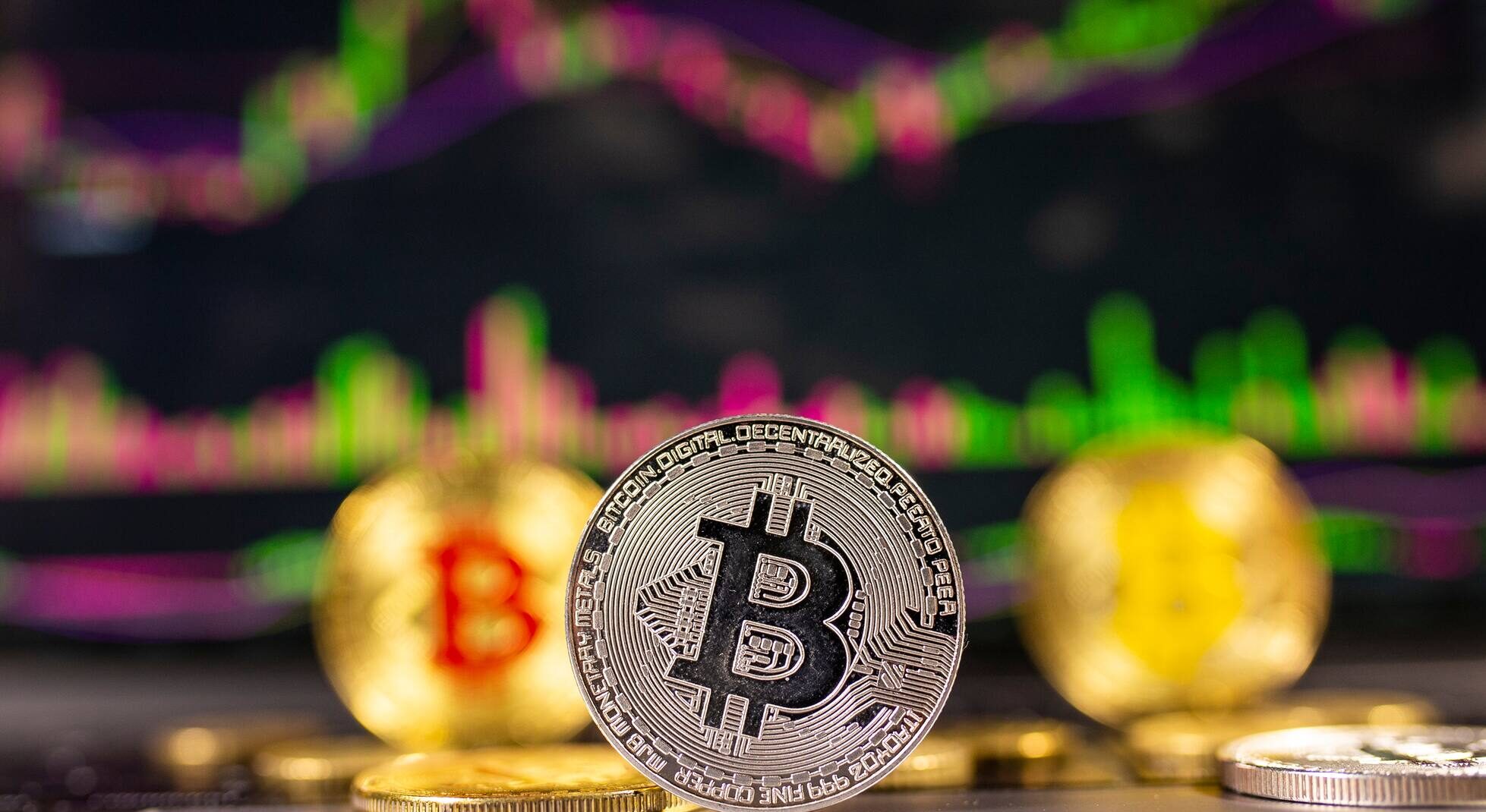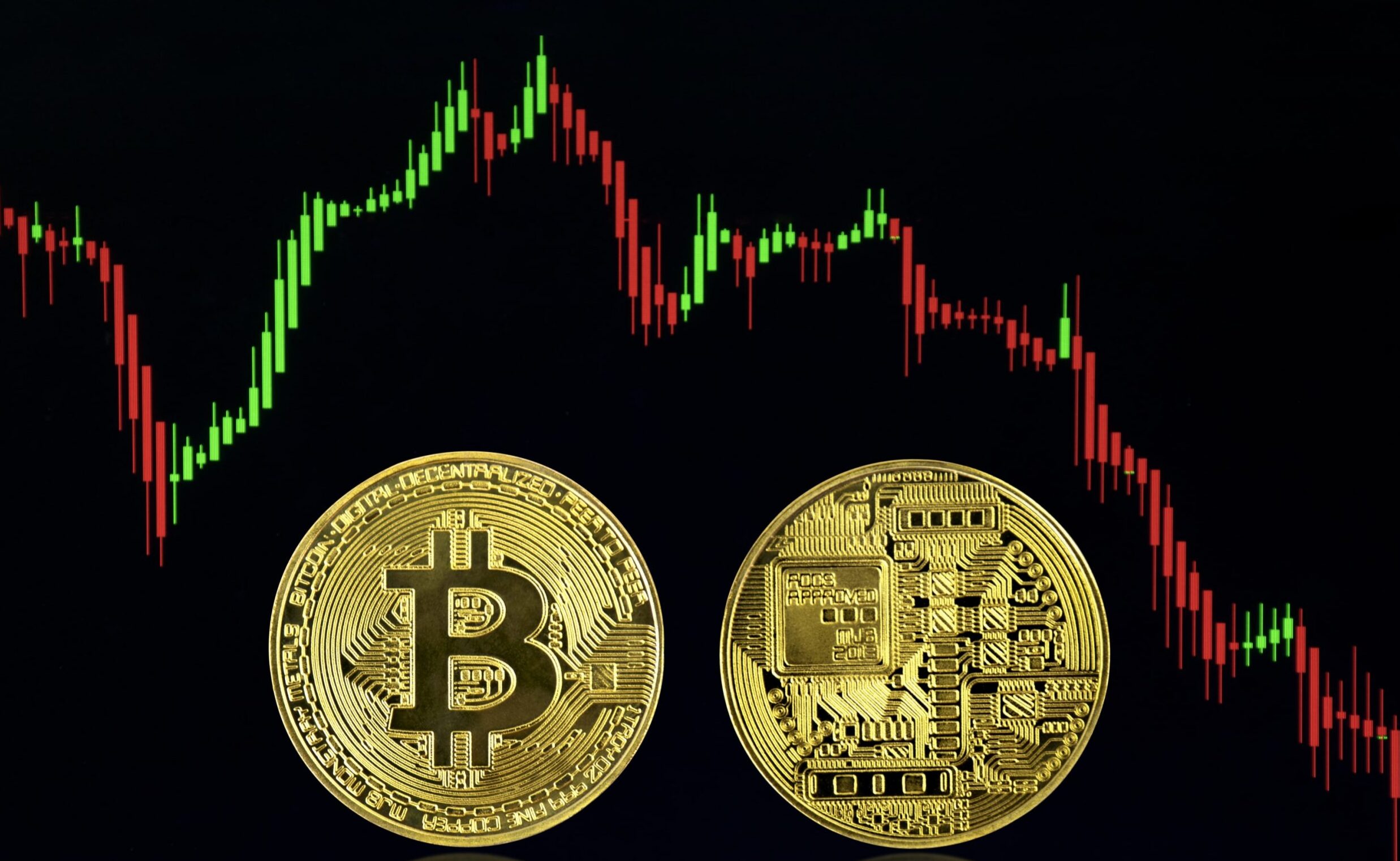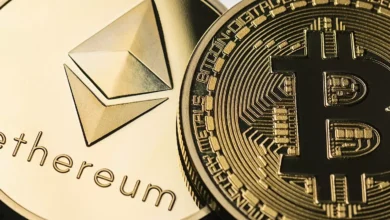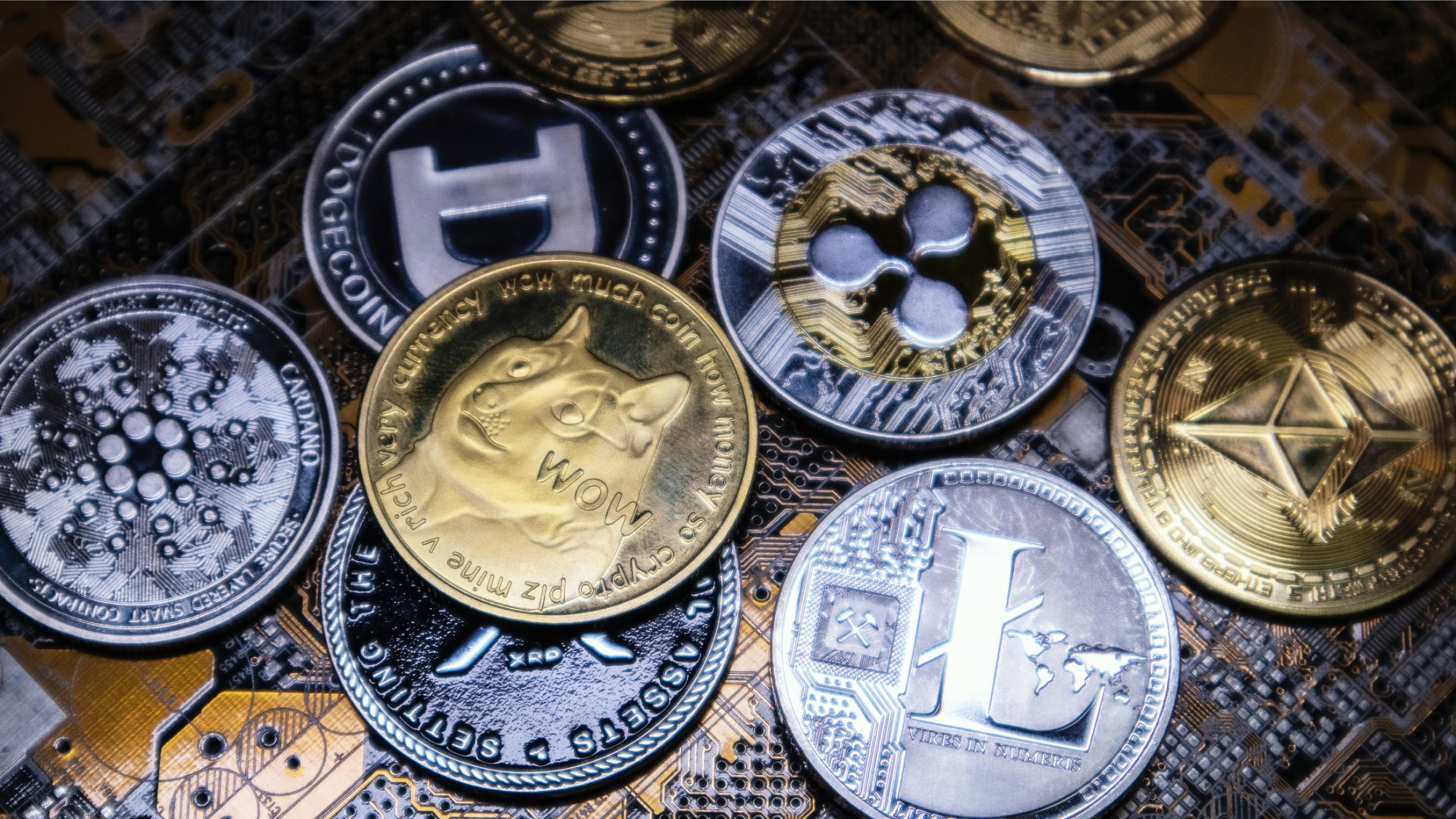South Carolina to Buy One Million Bitcoins Shocking Market

Unexpectedly, South Carolina plans to buy up to one million Bitcoins, influencing the Bitcoin market. Along with other significant Crypto prices, including XRP, Solana (SOL), and Ethereum (ETH), this audacious move has shocked the greater crypto ecosystem and resulted in price swings for Bitcoin. The declaration has increased market volatility and generated questions over the long-term consequences of such significant government entity expenditures.
South Carolina’s Bitcoin
South Carolina’s intention to purchase an unusual volume of Bitcoin has drawn a lot of interest. The action shows the state’s growing curiosity in using Bitcoin as a store of value, therefore expressing hope in its future possibilities. With government agencies and institutional investors increasingly looking at digital assets as part of their portfolios, South Carolina’s strategy marks a radical move in presenting Bitcoin as a mainstream asset class.

Plans of the state to acquire up to one million Bitcoins could have far-reaching effects. Given the relative scarcity of Bitcoin, the acquisition of such a sizable volume by one company is expected to create increasing pressure on the cryptocurrency’s price. This might constrict the supply and, in theory, raise the value of Bitcoin as demand rises in reaction to its supposed shortage. Consequently, the price of Bitcoin first surged in response to the announcement, suggesting that the market sees this as a strong optimistic signal for the digital asset.
Bitcoin Price Surge
After South Carolina made its declaration, Bitcoin’s price first surged. Bitcoin rose by 0.9% on April 2, 2025, to $84,176. Driven partly by South Carolina’s strategic acquisition intentions, this upward rise in Bitcoin is ascribed to increased institutional interest in the cryptocurrency. The purchase is expected to draw more institutional purchasers, therefore supporting Bitcoin’s price movement.
Still, the price of Bitcoin is somewhat erratic. Although the most recent increase shows investor hope, experts are constantly monitoring essential support levels for any indication of a reversal. The response of the market is still erratic, particularly in view of other macroeconomic elements influencing the state of the world economy.
Cryptocurrency Market Volatility
Though there is much hope for Bitcoin and other significant cryptocurrencies like XRP and Solana (SOL), these have not performed as well. On April 2, 2025, XRP, which has battled legal issues in several markets, dropped 0.7%. This decline aligns with a more significant market trend whereby worries about the legal environment and possible inspection of digital currencies shape investor attitudes. Among the most well-known cryptocurrencies, XRP’s swings generally reflect investor mood toward the larger bitcoin market.
Rising as a rival to Ethereum, Solana (SOL) also suffered declining pressure and dropped 1.6% on the same day. Solana’s decrease can be ascribed to more general market trends and its quite strong sensitivity to Bitcoin price swings. Because SOL is a nascent blockchain platform and is more volatile, it usually responds more dynamically to changes in investor confidence.
Although relatively steadier, Ethereum (ETH) has not been immune to the market’s volatility. General investor attitude and Bitcoin’s price changes have affected the Ethereum Price, which has slightly changed. Although Ethereum’s prominence as the primary innovative contract platform places it in the middle of the decentralized finance (DeFi) movement, its influence is still limited by more significant market dynamics, mainly as institutional investment in cryptocurrencies keeps rising.
Cryptocurrency Market Volatility
The cryptocurrency market is quite vulnerable to changes in the economy. South Carolina’s declaration to buy so much Bitcoin comes in line with more geopolitical and economic uncertainty. For example, worries over world trade policies, especially with regard to possible tariffs, have added to general market volatility. Given their very speculative character, cryptocurrency markets sometimes respond strongly to such macroeconomic events.

Moreover, investor attitude is powerfully shaped by continuous arguments about bitcoin control. Nations worldwide struggle with how to define and control digital assets, so these legislative choices can significantly affect the market. The regulatory climate is projected to change as cryptocurrencies such as Bitcoin and Ethereum go more mainstream, impacting their future price paths.
Institutional Bitcoin Adoption
The purchase of Bitcoin by South Carolina points to a rising institutional acceptance of cryptocurrencies. The action coincides with increasing interest from governments and big financial companies in including Bitcoin in their plans of action. Greater legitimacy and acceptance of cryptocurrencies in conventional financial markets might follow from this institutional adoption.
Still, this growing institutional participation presents fresh difficulties at the same time. The massive purchase of Bitcoin by government agencies could cause more significant market distortions and, hence, more evident differences between institutional and ordinary investors. Smaller investors may thus face fresh hazards since major players control the market.
Final thoughts
South Carolina’s revelation that it would buy up to one million BTC has complicated the bitcoin scene even more. Although Bitcoin’s price jumped at first, altcoins, including XRP, SOL, and ETH, have seen decreases, underlining the market’s linked character.
The long-term effects of such huge acquisitions are unknown, as institutional use keeps increasing. Investors have to remain alert since market, economic, and legal aspects still impact the developing environment of cryptocurrencies.




